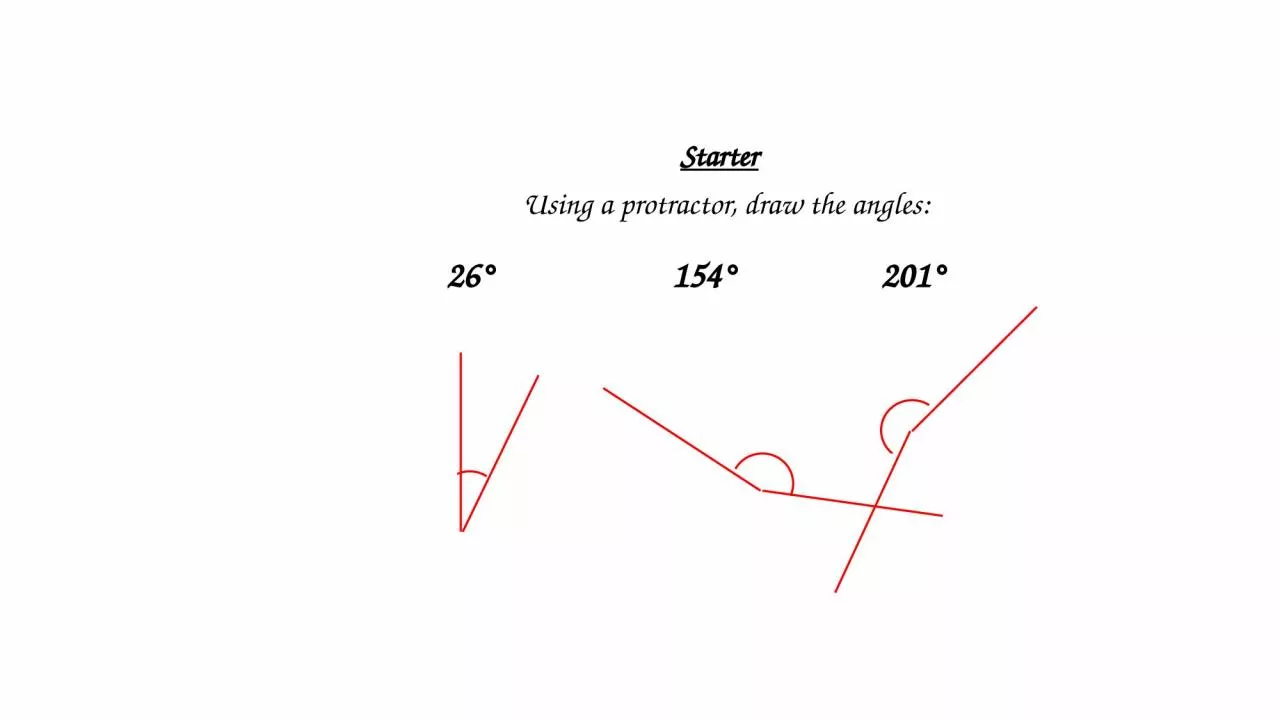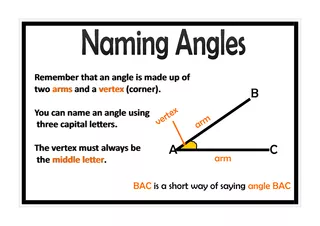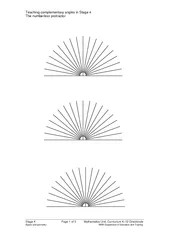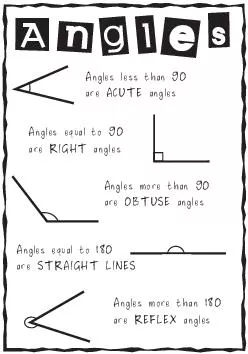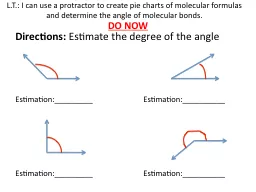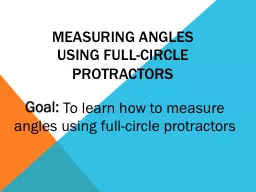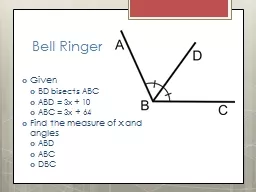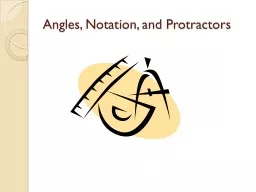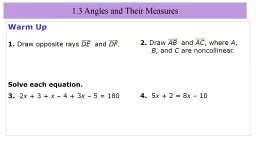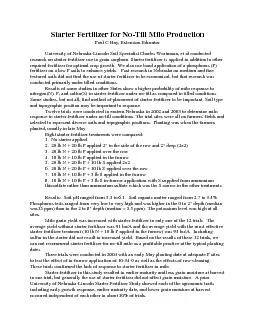PPT-Starter Using a protractor, draw the angles:
Author : MoonBabe | Published Date : 2022-07-27
26 154 201 Construct a triangle PQR with lines PQ 8cm QR 5cm and PQR 40 Draw an 8cm line and label the ends P and Q This is the line PQ Place the centre of
Presentation Embed Code
Download Presentation
Download Presentation The PPT/PDF document "Starter Using a protractor, draw the ang..." is the property of its rightful owner. Permission is granted to download and print the materials on this website for personal, non-commercial use only, and to display it on your personal computer provided you do not modify the materials and that you retain all copyright notices contained in the materials. By downloading content from our website, you accept the terms of this agreement.
Starter Using a protractor, draw the angles:: Transcript
Download Rules Of Document
"Starter Using a protractor, draw the angles:"The content belongs to its owner. You may download and print it for personal use, without modification, and keep all copyright notices. By downloading, you agree to these terms.
Related Documents

